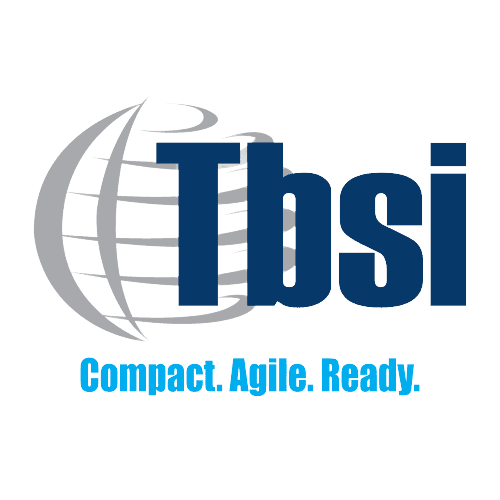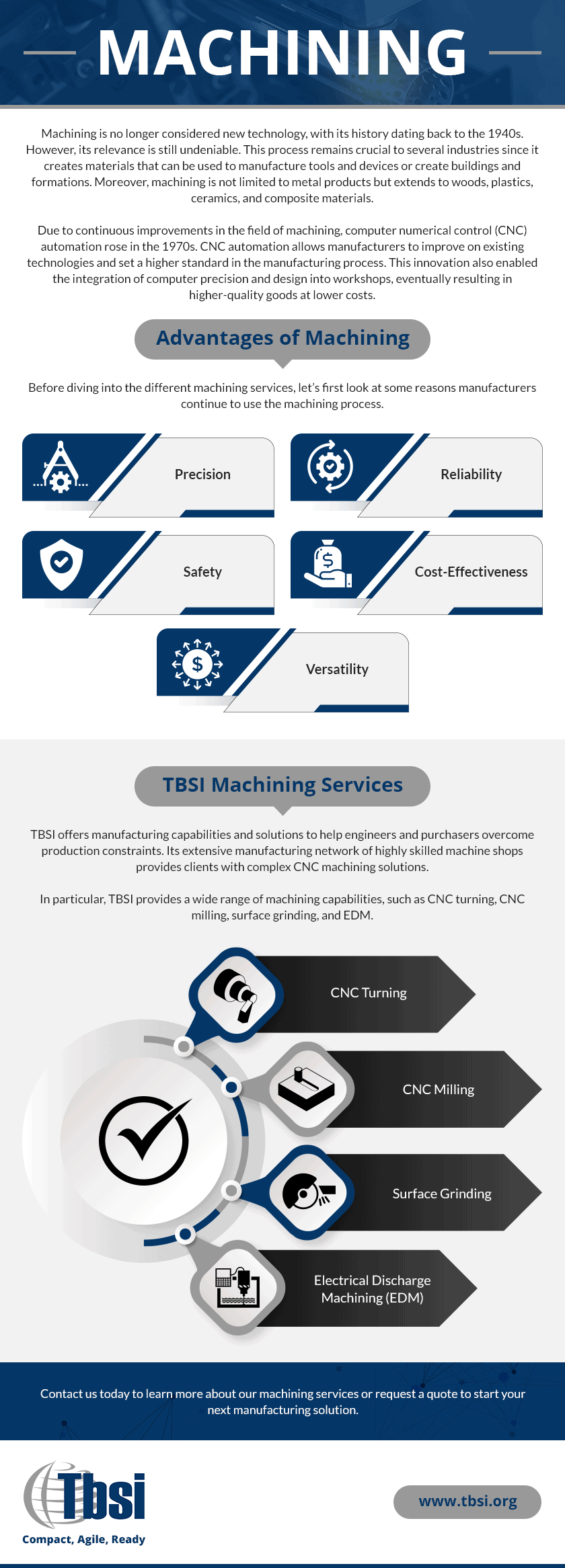The Versatility of Ductile Iron Castings in Modern Industries
Leave a CommentDuctile iron castings, with their nodular graphite inclusions, are known for their improved flexibility, impact resistance, and tensile strength. This material’s versatility and durability make it essential in various industries — including automotive, construction, heavy machinery, and agriculture — where reliable and robust components are crucial.
This article explores the properties and applications of ductile iron castings across industries, highlighting their advantages over other materials and recent manufacturing innovations.
Properties of Ductile Iron Castings
Here are the essential characteristics of ductile iron castings:
High Tensile Strength
Ductile iron boasts a high tensile strength, often ranging from 60,000 psi (414 MPa) to over 120,000 psi (827 MPa). This strength makes it suitable for components that withstand significant loads without fracturing. Moreover, ductile iron provides comparable strength to many steel alloys but is less expensive.
Excellent Ductility
Ductile iron differs from traditional cast iron by being less brittle, allowing it to deform before breaking with 3% to 18% elongation. This flexibility enhances design options and improves performance in impact scenarios, making it a strong substitute for steel and conventional cast iron in various applications.
Good Impact Resistance
This type of iron can absorb impact energy better than most other cast irons. It is important for parts subject to shock loads, such as gears, crankshafts, and suspension components. Ductile iron’s impact resistance makes it a reliable choice for components in heavy-duty applications.
High Fatigue Resistance
It can endure cyclic stresses over extended periods without experiencing fatigue failure. This property benefits components subjected to repetitive loading, such as crankshafts and connecting rods. Its high fatigue resistance guarantees longer service life in parts that experience continuous use.
Corrosion Resistance
Ductile iron is more corrosion-resistant than cast iron and steel, especially when alloyed with nickel and chromium. This property extends the lifespan of parts used in corrosive environments, such as pipes and fittings in water and sewage systems.
Machinability
This material has better machinability than many steels of comparable strength. This reduces manufacturing costs and allows for producing complex shapes and precise dimensions. The ease of machining ductile iron also results in greater design flexibility.
Applications Across Industries
Listed below are the industries and applications where ductile iron demonstrates its versatility:
Automotive
Due to its strength and fatigue resistance, this iron is used for engine parts such as crankshafts and camshafts. Brake components, including discs and calipers, also benefit from its thermal conductivity and wear resistance.
Construction and Infrastructure
Ductile iron pipes and fittings are chosen for water and sewage systems because of their corrosion resistance and long service life. Manhole covers and frames also utilize their high strength and impact resistance.
Heavy Machinery
This material is preferred for its toughness and wear resistance in agricultural equipment such as plowshares and tractor parts. Moreover, ductile iron is used for abrasion-resistant parts in mining applications, including crusher liners and grinding mills.
Rail and Transportation
Ductile iron is utilized in railway components to withstand high loads and stresses. In the marine sector, it is used for propeller shafts and rudders due to its resistance to seawater corrosion and mechanical stresses.
Advancements in Production Techniques
These advancements improve ductile iron’s performance and create new opportunities for its application in industries:
Thin-Walled Castings
Recent advancements have enabled the production of ductile iron castings with thinner walls, achieving as little as 3 mm in thickness without forming brittle carbides. This is done through optimized alloy compositions and non-crystalline fused silica sand molding materials. The goal is to reduce the wall thickness to 2.5 mm further and even explore 1 mm through processes.
High Silicon Content Alloys
Innovations in alloy design have led to the development of high-silicon content alloys that maintain excellent austempered mechanical properties and good tensile strength. These advancements are crucial for applications requiring high strength-to-weight ratios.
Compacted Graphite Iron
Compacted graphite iron, a variant of ductile iron, offers improved mechanical properties and thermal conductivity. It is increasingly used in engine components, demonstrating the potential for ductile iron to replace aluminum.
Maximize Efficiency: Partner With TBSI for Superior Iron Casting!
At TBSI, we understand the importance of efficient manufacturing processes in ductile iron casting. With our extensive supplier network, and competitive pricing, we can revolutionize your production capabilities and manufacturing processes to achieve your goals seamlessly!
Contact us now to get started.




